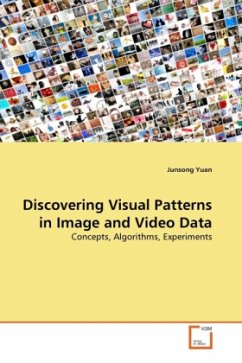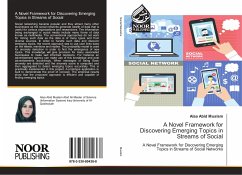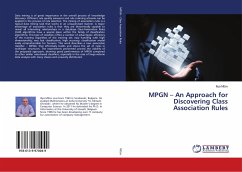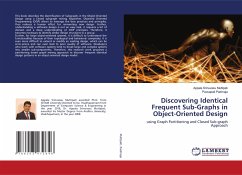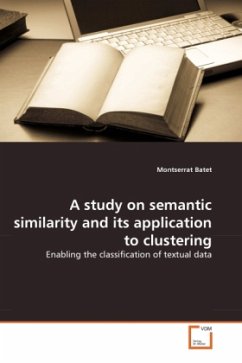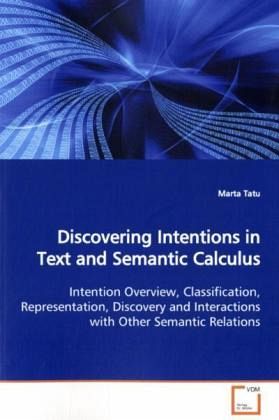
Discovering Intentions in Text and Semantic Calculus
Intention Overview, Classification, Representation, Discovery and Interactions with Other Semantic Relations
Versandkostenfrei!
Versandfertig in 6-10 Tagen
39,99 €
inkl. MwSt.

PAYBACK Punkte
20 °P sammeln!
The semantic relations between the constituents of atext represent the core elements of lexicalsemantics. Their discovery benefits numerous NaturalLanguage Processing applications, such as TextUnderstanding and Question Answering. In this book,we are focusing on INTENTIONs. Intentions refer tofuture actions that one plans to do. They shed lighton the beliefs and the desires of an agent, which, inturn, give clues about unstated intentions andmotivations behind an action. This research describesseveral highly accurate mechanisms for automaticdetection of (implicit or explicit) INTENTIONs indomai...
The semantic relations between the constituents of a
text represent the core elements of lexical
semantics. Their discovery benefits numerous Natural
Language Processing applications, such as Text
Understanding and Question Answering. In this book,
we are focusing on INTENTIONs. Intentions refer to
future actions that one plans to do. They shed light
on the beliefs and the desires of an agent, which, in
turn, give clues about unstated intentions and
motivations behind an action. This research describes
several highly accurate mechanisms for automatic
detection of (implicit or explicit) INTENTIONs in
domain independent text paragraphs, presents a
detailed analysis of intention descriptors and
proposes a representation of intentions suitable for
recognizing textual entailment settings.
Our analysis of the interactions between INTENTIONs
and other semantic relations, such as PURPOSE and
CAUSE, led to a more general and formal approach to
combinations of semantic information, Semantic
Calculus - a calculus with semantics that captures
unstated information encoded in text. The impact of
the research proposed here is measured within
Question Answering settings.
text represent the core elements of lexical
semantics. Their discovery benefits numerous Natural
Language Processing applications, such as Text
Understanding and Question Answering. In this book,
we are focusing on INTENTIONs. Intentions refer to
future actions that one plans to do. They shed light
on the beliefs and the desires of an agent, which, in
turn, give clues about unstated intentions and
motivations behind an action. This research describes
several highly accurate mechanisms for automatic
detection of (implicit or explicit) INTENTIONs in
domain independent text paragraphs, presents a
detailed analysis of intention descriptors and
proposes a representation of intentions suitable for
recognizing textual entailment settings.
Our analysis of the interactions between INTENTIONs
and other semantic relations, such as PURPOSE and
CAUSE, led to a more general and formal approach to
combinations of semantic information, Semantic
Calculus - a calculus with semantics that captures
unstated information encoded in text. The impact of
the research proposed here is measured within
Question Answering settings.



